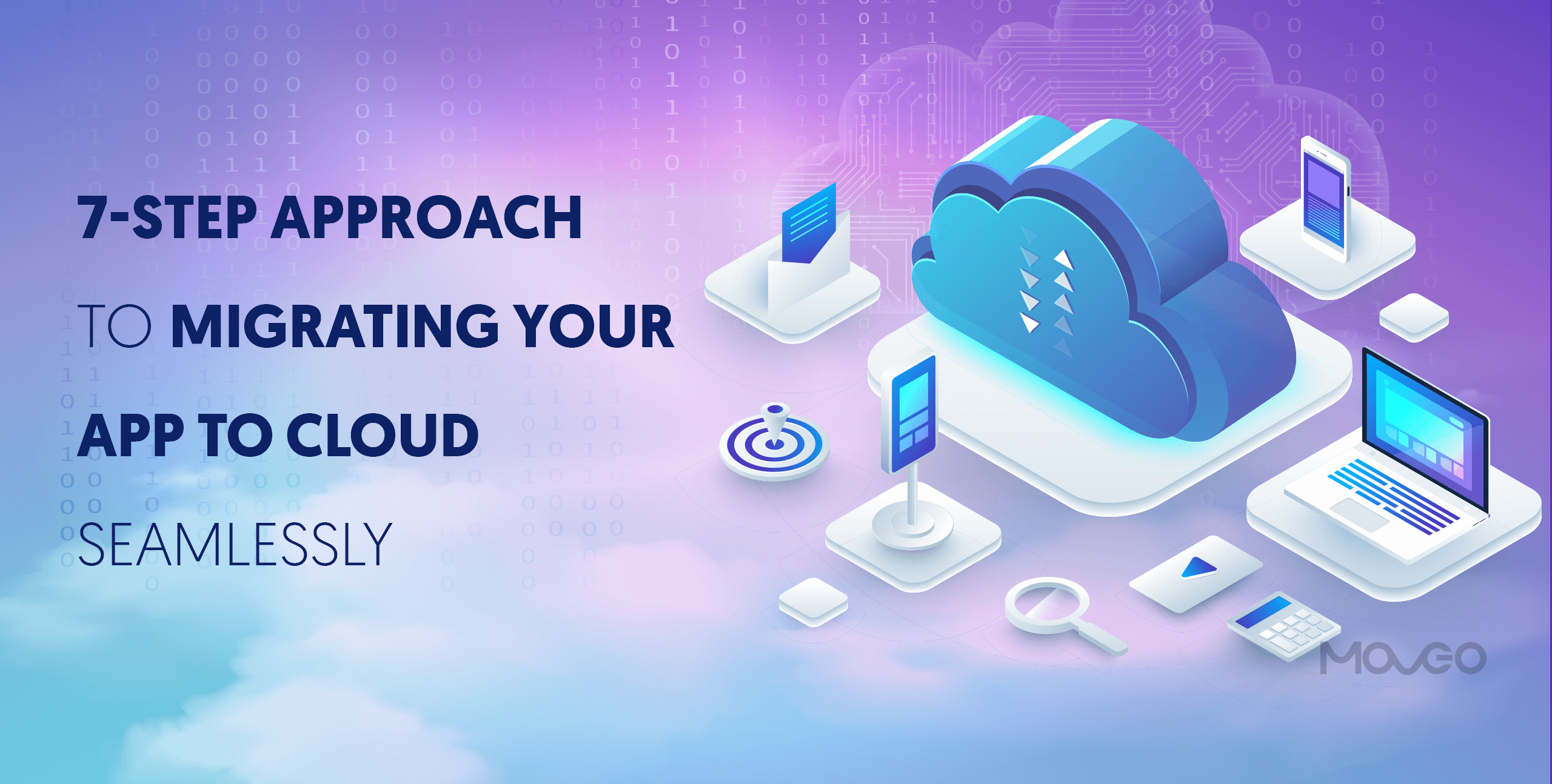Cloud migration is the process of moving digital assets such as applications, IT resources, data and workloads to the cloud infrastructure. A migration can also involve moving some assets or all the assets from one cloud to another cloud.
However, with the constant fall of costs for the hybrid cloud infrastructure and cloud computing, most organizations have decided to migrate the apps to the cloud.
In this article, we will discuss the tips for an app migration.
Steps for App migration
1. Understand your applications
Before starting with the migration process, the first thing you need to do is to get a complete understanding of your app. The major things to focus on include understanding your app platform, application state which represents those places where information is stored in apps, the quantity of data to be moved, storage required, network appliances, the security and compliance.
2. Choose a strategy for cloud migration
With the help of a time quadrant you could get to know what you can do with the system’s components. However, the right migration strategy could be applied by understanding the app’s category. There are 6 cloud migration strategies to choose from, including rehost, replatform, refactor, retirement, repurchase and retain.
Along with this, the most essential aspect of choosing a migration strategy is using a dependency mapping tool to check the dependencies between the applications.
3. Understand migration success
This step is concerned with measuring the cloud migration performance for achieving the business objectives. There are different types of KPIs to be measured while moving the data to the cloud such as:
- The ratio between total request and error request
- The peak response time
- Network Latency and Memory use
- Monthly Billing and Number of data exposure
- Frequency of potentially malicious and unusual user activity
4. Select a cloud environment
Before choosing a cloud environment, you must understand the cloud model. You could either choose between the hybrid model, public cloud, or private cloud. Once you have selected the cloud environment, you are required to choose a cloud provider.
The major cloud providers are Microsoft Azure offering an SLA of 99.95%, Amazon whose web services have extensive technical documentation and Google Cloud Platform that boosts high productivity.
5. Automate Migration
The next step after choosing a cloud environment is to automate the migration. The automation tools are very important for integrating the success of migration projects. IaC tools are one of the automation tools that help to replace manual infrastructure management by using high-level coding language.
The basic IaC tools are Google Cloud Deployment Manager, Terraform, Azure Resource Manager and AWS Cloud Formation.
With this, the developers can automate test-driven development (TDD), continuous delivery (CD) and continuous integration (CI).
6. Conduct a pilot migration
A pilot migration is very essential to check up on the efficiency of the migration strategy. With the pilot migration, we could easily know about the latency and performance of the cloud and take the necessary steps if required.
7. Migrate
This is the last and the most important step that requires you to move your data or users to the cloud after you have made a successful strategy.
Conclusion
Migrating apps to the cloud is quite a challenging process. If you want to successfully migrate your apps to the cloud, you should follow the above-given steps for a successful and effective app migration process.


